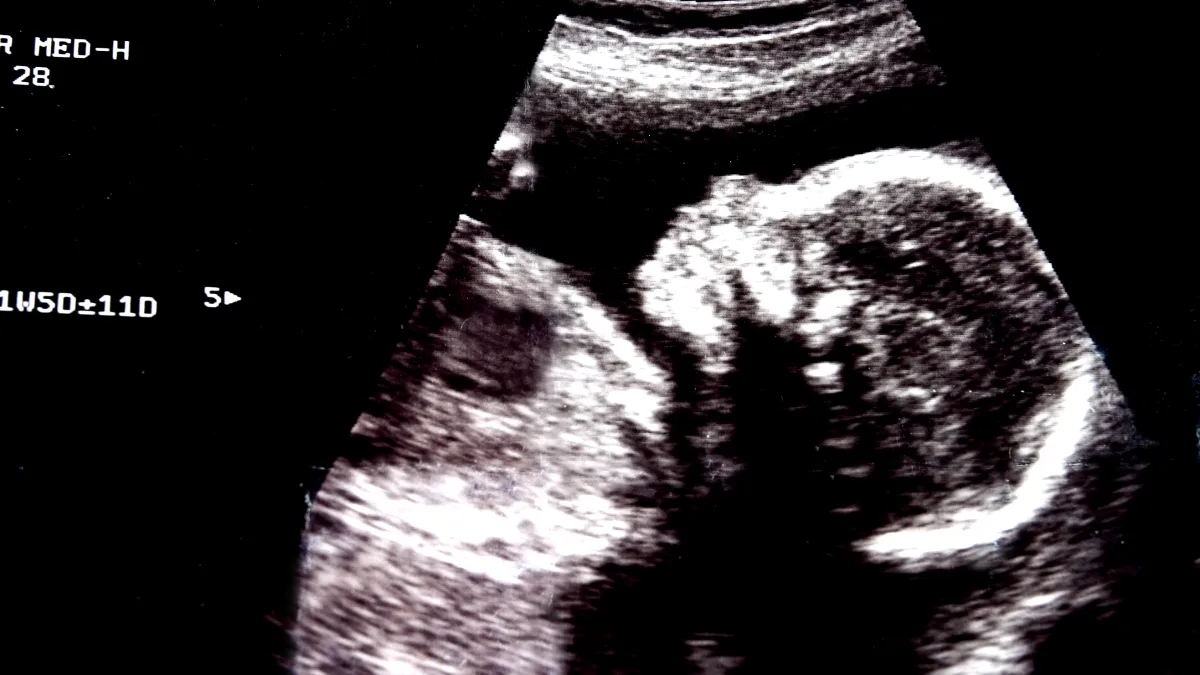As climate change disrupts critical environmental, economic, and social systems around the world, significant numbers of companies are taking action to reduce their carbon emissions. While for many, transforming operations to reduce corporate carbon footprints appears at first to be a daunting order, digital technology is allowing firms to cut both costs and CO2 at the same time.
Travel has been one of those areas to see almost universal changes – and rightly so.
The European Federation for Transport and Environment (T&E) found that one per cent of people are responsible for half of all aviation emissions. T&E also found corporate travellers make up roughly 12 per cent of European flight passengers but are responsible for 30 per cent of emissions.
Since the Covid-19 pandemic, online meetings have increasingly replaced business travel—reducing both travel expenses and carbon emissions. A 2021 Morgan Stanley survey of 138 corporate travel managers found that virtual meetings were projected to replace 44 per cent of travel volume in 2021, 27 per cent in 2022, and 19 per cent in 2023.
While PricewaterhouseCoopers (PwC) UK identifies business travel as the company’s largest source of carbon emissions, between 2007 and 2022, it reduced carbon emissions from business travel by 61 per cent while still almost doubling the size of their business.
‘Two sides of the same coin’
Adam Krasoń, CEO of PwC in Central and Eastern Europe, tells Emerging Europe that digital technology and sustainability are mutually reinforcing when organisations get the balance right between these two areas.
“Implementation of digital can empower organisations to gain real-time data to optimise and automate effective management of resources and enable real-world applications such as precision agriculture and smart electrical grids and manufacturing—among others,” he adds.
Among those companies leading the green and digital transitions in the region are Organica Water, the CIECH Group, and PKP Energetyka.
Organica Water, based in Budapest, provides technology and operational support to wastewater treatment facilities around the world.
Andrea Bolgár, senior engineer for technical innovation and data management at Organica Water, says, “daily data analysis starts with our on-site hardware, which gathers water quality data and sends it to the Azure IoT Hub. From there, it’s processed in the cloud by Azure Stream Analytics and passed to Power BI for the first layer of real-time data visualisation. It is also sent to Azure SQL Database for storage and deeper reporting.”
This remote system allows Organica to halve site visits and reduce emissions associated with business travel without sacrificing control over data collection.
The chemical company CIECH Group, with advice from PwC’s data and business intelligence experts, used Microsoft Azure and Power BI to integrate data sources from different business units and build a true data-driven organisation.
“The goal of the transformation process is to create an organisation in which business decisions are based on effective data analysis, and the area of management reporting focuses not so much on providing data, but on signalling opportunities and risks and presenting dynamic scenarios supporting the decision-making process,” says CIECH chief financial officer Jarosław Romanowski.
These solutions are also used at the CIECH Group for “production and maintenance management, energy efficiency monitoring”, and key performance indicators “in the field of occupational health and safety”.
PKP Energetyka supplies energy to the Polish railway network and aims to make the entire rail sector carbon-neutral in coming years. It hopes to source 85 per cent of its energy from renewable sources by 2030.
Fluctuations in sun and wind, however, have forced PKP Energetyka to create a plan to build a network of warehouses “to absorb excess energy and release it when power is needed”. To coordinate the power distribution system and increase efficiency, PKP Energetyka worked with Elitmind, a Microsoft partner, to use Microsoft Azure cloud computing and Power BI to model and predict spikes in demand.
“Knowing ahead how much power will be needed helps us stabilise the renewable power grid,” says Maciej Rudko, director of the Financial Planning and Analysis Office at PKP Energetyka. “Thanks to Azure, we can collect, manage, process, and analyse data from various sources and review it through a user-friendly Power BI dashboard.”
Enhancing resilience
According to Microsoft, business leaders right now are focused on reducing costs, increasing efficiency and enhancing resilience. But that isn’t to say they’re putting long term priorities such as sustainability on the backburner – rather that they’re looking for solutions that can deliver rapid payback both for business and the planet.
“The question top of mind for many leaders is: which incremental investments can deliver outsized return for both immediate and broader goals?,” says Petra Čiček, CEE Sustainability Lead at Microsoft.
“Moving to the cloud can transform a company’s ability to gain richer, deeper and timely insights which can empower smarter and faster decision-making. This, in turn, can help firms transform business processes, enhance productivity and become more competitive.”
Some 65 per cent of financial institutions have a low cloud maturity.
“On average, digital leaders in the financial industry achieve 19 per cent higher profits than those who have not yet migrated to the cloud. They also report three times fewer critical infrastructure breakdowns,” says PwC CEE cloud and digital leader Mariusz Chudy. “Cloud computing pays off, but you need to exceed the minimum threshold of 40 per cent of systems moved to the cloud.”
According to a study of Microsoft Cloud’s carbon footprint, businesses that shift to the Microsoft Cloud instead of running their own on-premises physical servers can improve energy efficiency by up to 93 per cent and reduce carbon emissions by up to 98 per cent. Accenture found that moving to the public cloud can deliver Total Cost of Ownership savings of up to 30 to 40 per cent.
“Sustainability and business strategy are two sides to the same coin,” Microsoft’s Čiček tells Emerging Europe. “Digitisation is the key for both”.
Closing the digital gap
While all of Europe is moving towards digitisation, there is a ‘digital gap’ between the levels already achieved by Western Europe and those of Central and Eastern Europe. In 2016, only 50 of Europe’s 400 Digital Innovation Hubs (DIH) – one-stop shops that offer companies access to technology-testing, financing advice, market intelligence and networking opportunities – were in CEE. While half of companies in Finland and Denmark report a high or very high level of digital intensity, 55 per cent of companies in Bulgaria, Romania, and Latvia had low investment in digital technologies. PwC worked with the European Commission to identify ways of how to bridge this digital gap.
One identified solution was to bring more organisations to join the Digital Innovation Hubs. PwC recommended 34 CEE based research institutes and innovation hubs to be added to the DIH network which will help them access relevant advice and mentoring programmes and build a stronger digital and innovation ecosystem in the region.
“National and regional innovation strategies should recognise innovation centres as key entities in the area of digital transformation. Cooperation between regulators, businesses and hubs is necessary at the stage of creating incentives, programmes and regulations, which would strengthen the subsequent exchange of benefits and lead to reducing the digital gap,” says Agnieszka Gajewska, PwC global government and public sector leader, about this initiative with the European Commission.
PwC also partnered with city and national governments to improve access to digital public services. It has worked to implement a full-scale customer relationship management system for the Wrocław City Hall with web-portals, a map tracking the location of incidents, and a platform for phone requests to integrate data gathered by the public administration into one place. PwC also partnered with a digital leader in the region – the government of Estonia – to standardise and streamline existing e-services.
“The goal of this project was to increase the quality of business processes of the existing public services and help with planning new customer-friendly services,” says Janek Rozov of Estonia’s Ministry of Interior. “The state lacked an accurate overview of where, what kind and at what level and quality services the state and local agencies offer and what channels were used in order to provide services.”
Now, thousands of companies can input their data directly into their company file, and a building permit can be acquired online via one process rather than five separate ones.
Emerging Europe’s digital and green transitions will be iterative processes of continual refining and improving. But there is good reason to be hopeful. Today in Estonia, 99 per cent of public services -including voting and filing taxes – are available online.







